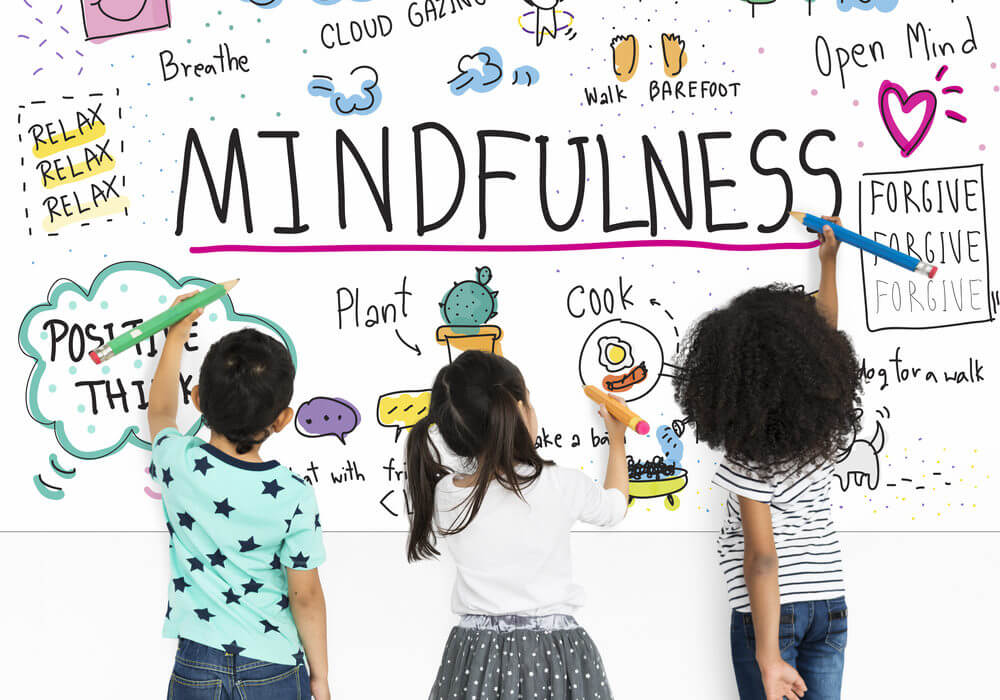Mindfulness for Learning Kids: Is it just a hype?
You notice your child’s acting out lately. And she can’t seem to focus on studying like before. You notice something on your social media about mindfulness for learning kids and wonder, “Does it really help?”
Let’s dive deeper, shall we?
Benefits of Mindfulness on Learning Kids
While we might know a lot of benefits of meditation and mindfulness in general, let’s pay particular attention to its impact on the learning process.
Mindfulness helps kids focus their attention
In a 2014 study of around 400 low-income students from kindergarten to sixth grade, mindfulness significantly improved classroom behavior. After a 5-week meditation-focused program, students paid more attention and participated more in learning activities.
Moreover, some schools whose students practiced short mindfulness activities have observed that they help get kids in the mood for learning.
Mindfulness can help reduce overwhelm
With jam-packed academic schedules and less playtime outdoors, a lot of learning kids today feel stressed. But mindfulness lowers cortisol levels and helps them feel more relaxed according to a 2016 study. It has also shown positive effects on young students with anxiety and depression.
Plus, mindfulness can teach your child to concentrate on one task at a time instead of trying to juggle everything at once.
Mindfulness can improve academic performance
A 2014 systematic review found that mindfulness increased cognitive performance (attention, creativity, and academic) of students in various mindfulness programs.
Preschool students earned higher grades after a 12-week mindfulness curriculum. They practiced mindfulness exercises before class too. On the other hand, for middle school students, being more mindful was associated with higher scores in Math and English standardized tests.

12 Simple Mindfulness Activities Your Kids Would Enjoy
Mindfulness activities don’t have to be boring. We’ve gathered some easy mindfulness activities your kids might want to try. Also be sure to check out the in-person and virtual mindful arts classes and kids mindfulness classes offered at EveryBody in Mind Wellness Center.
Breathing for a minute
Go to a relaxing place and ask your child to put his or hands on his tummy. As your child inhales slowly, watch as the tummy rises. Then, observe as it falls as he or she exhales. Do slow deep mindful breathing for one minute.
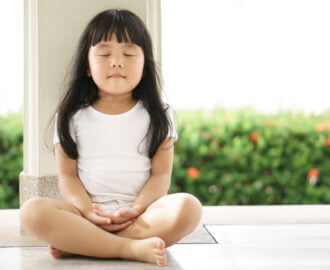
Counting heartbeats
Have your child do a physical activity like running or jumping for a few minutes. Then let him or her notice how fast their heartbeats are.
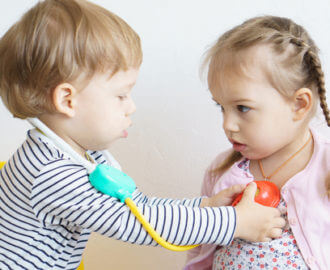
Eating mindfully
You can let your child do this with closed eyes or blindfolded. Let him or her have a snack. Then let them pay attention to how the food looks, smells, tastes, and feels in their mouth.
Does the flavor change as they continue to chew? Did they discover new flavors in their favorite snack?

Using positive affirmations
These positive phrases can help kids become more resilient. You can let your child read through them and pick something togetherthat resonates with him or her.
Some common positive affirmations are “Today is going to be a great day” and “I am loved.”
Spend a few minutes each day saying the affirmation together or in front of the mirror. If your child’s a bit older, you can even let him or her draw a picture that relates to the affirmation.
We particularly enjoy and recommend, Love Powered Littles Affirmation cards for helpful prompts. EveryBody in Mind Wellness Center sells them in the online store.
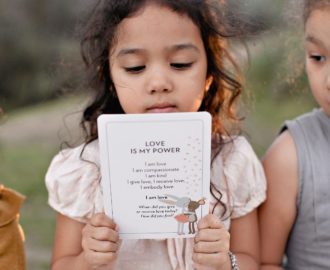
Blowing bubbles
Have your child blow bubbles slowly. Let him or her pay attention to the way the bubbles grow bigger, float away, and eventually pop. Are there colors he or she can see?

Pinwheels
Sit together with your child. Slowly blow on your pinwheels together with long, deep breaths. Let your child describe how he or she’s feeling after the activity.
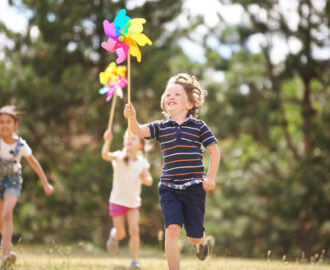
Observing a glitter jar
To make a glitter jar, use an old spice jar or mason jar. Fill the jar with water and glitter that sinks. The glitter can represent thoughts and feelings.
Let your child shake the glitter jar and do deep breathing as the glitter settles down.
Taking a walk in nature
As you take a walk outdoors, let them use their five senses to observe closely.
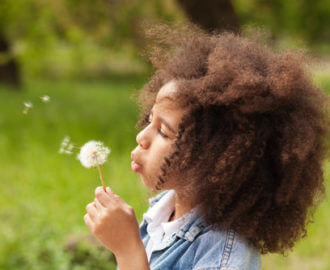
Coloring a page
Coloring can relax the amygdala, the fear center of our brain. You can color together with your child and just focus on the repeated strokes. Maybe sign up for one of EveryBody in Mind Wellness Center’s Mindful Arts classes?
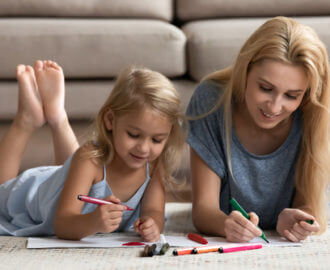
Smell what’s cooking
If you love whipping up something good in the kitchen, you might like to try this. Let your kids savor the aroma of your delicious cooking.
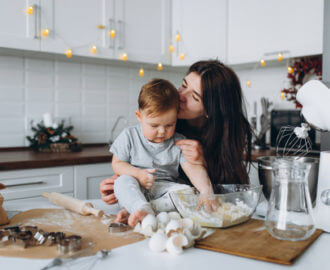
Having a gratitude jar
Use a mason or old spice jar. For young kids, you can have them draw something that made them happy that day and place it in the gratitude jar. For older kids, they could write one, or a few things they’re thankful for on pieces of paper.
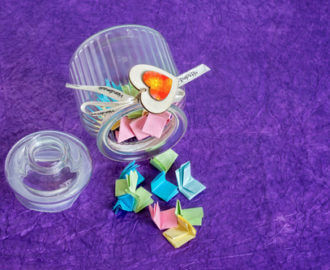
Cloud watching
You can go outside or just watch through a window for this activity. Just gaze at the clouds for a few minutes. Some kids might notice clouds taking shapes of things, people, or animals.

Cloud Watching
So, we hope you’d include mindfulness activities in your family routine. Teachers, parents, and caregivers could also use mindfulness to help reduce burnout as well.
And as you can see, mindfulness is pretty helpful when it comes to helping kids learn.


